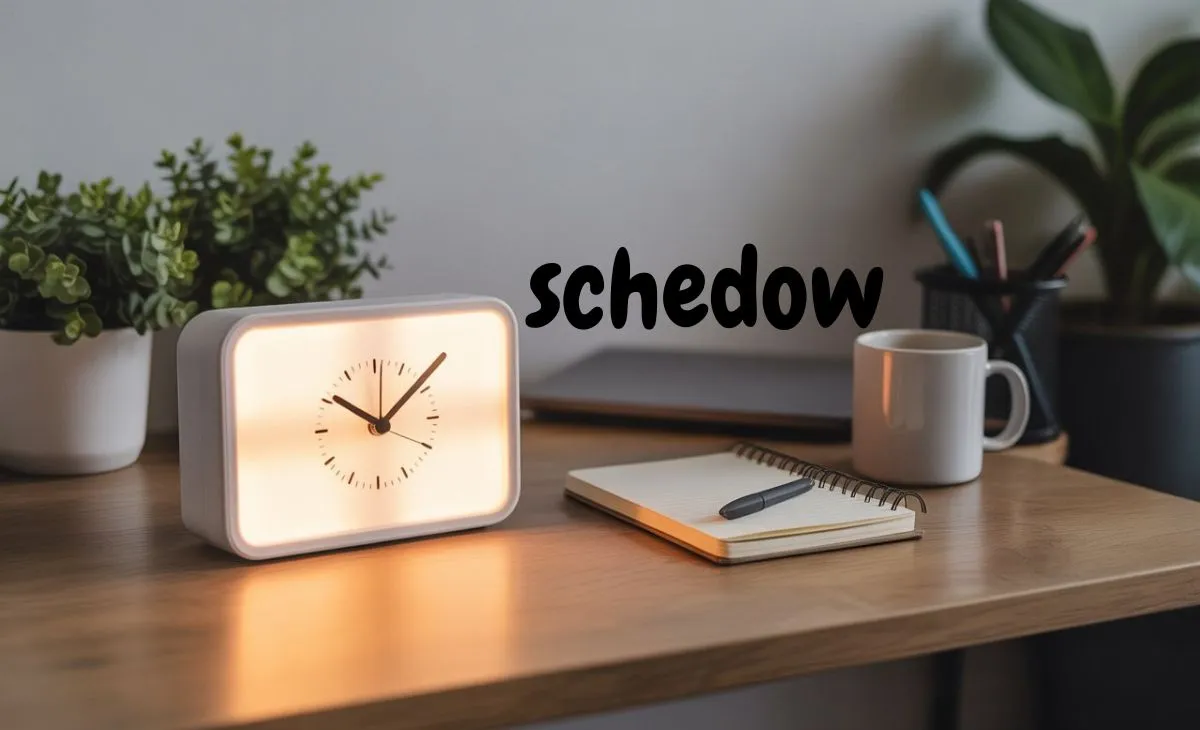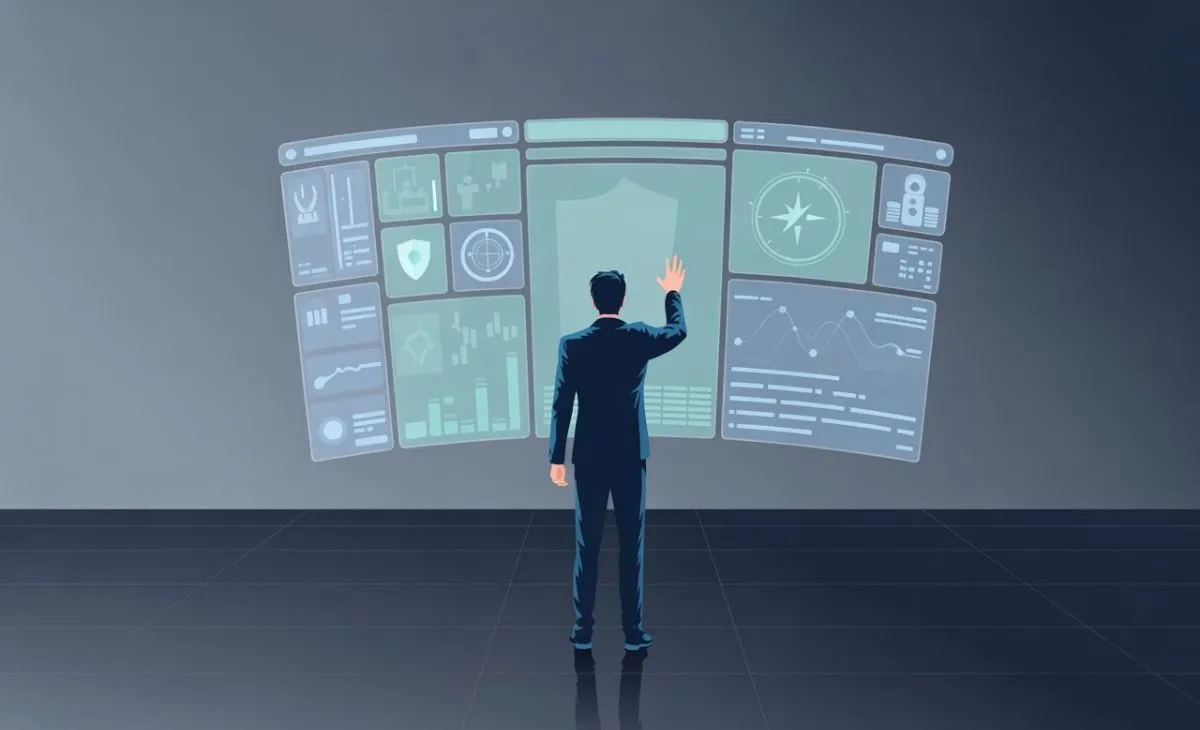In the age of constant connectivity, managing time has quietly become one of the hardest human challenges. Every beep, alert, and deadline competes for attention. Yet among this chaos, a new movement in time awareness has begun to change how people plan their days and protect their energy. This shift, often summarized by the mindset of schedow, goes beyond ordinary scheduling—it’s a lifestyle designed to make time feel purposeful again.
We live in a culture that praises speed but often sacrifices clarity. The schedow approach rebalances that scale, reminding us that productivity isn’t measured by how fast we work but by how effectively we use our focus.
The Essence of Modern Time Design
What makes schedow different from the usual productivity tools isn’t technology—it’s awareness. The concept encourages people to design days that respect their mental rhythms. Instead of overfilling the calendar, it asks a simple question: What truly deserves my best attention today?
At its heart, this approach transforms routine into ritual. People learn to plan with flexibility, measure success by progress instead of perfection, and give themselves permission to rest.
The Hidden Cost of Rigid Planning
Traditional time management systems promise control but often breed stress. When every minute is booked, one unexpected call or delay can derail the whole plan. Worse, rigid schedules ignore the emotional and biological factors that shape human energy.
Imagine working through an afternoon slump while your body begs for a break. Conventional planning pushes through it; schedow’s philosophy embraces it. By listening to personal energy cycles—morning bursts, mid-day fatigue, evening reflection—you design a schedule that works with you, not against you.
A Shift From Time Control to Time Harmony
Rather than forcing the clock to obey, the schedow method teaches harmony. This means building space for spontaneity, small breaks, and real concentration periods. You can call it mindful scheduling—a balance between structure and surrender.
People who follow this approach often find themselves less tired and more creative. They realize that managing energy is more important than managing hours.
How to Apply the Schedow Philosophy
To bring this mindset into daily life, try small but meaningful changes:
- Plan Around Energy Peaks
List your daily tasks and assign the hardest ones to the time of day you feel sharpest. - Protect Creative Hours
Block a few uninterrupted hours for deep focus and silence. - End With Reflection
Before bed, ask: Did I move closer to what matters?
These steps aren’t rigid rules; they are frameworks that grow with your lifestyle.
When Less Planning Means More Achievement
It may sound paradoxical, but the less you obsess over managing time, the more meaningful your results become. The schedow mindset works because it honors focus instead of force.
A real-life example illustrates this well.
Case Study: A Freelancer’s Turnaround
Alex, a freelance content strategist, struggled with burnout despite having all the latest planning apps. He constantly switched tasks, chasing the illusion of productivity. After adopting the schedow perspective, Alex cut his daily to-do list in half and began using 90-minute focus blocks followed by 15-minute breaks.
The result? He completed projects earlier, earned more, and stopped working late nights. His stress dropped, and his weekends finally became free again.
Schedow helped him realize that boundaries build freedom.
Tools That Support the Schedow Approach
While schedow itself is a mindset, some modern tools align naturally with its values:
- Notion or Obsidian: Great for flexible journaling and adaptable task lists.
- Google Calendar: Use for broad planning, not minute-by-minute tracking.
- Pomodoro timers: Encourage focus blocks without overextension.
- Minimalist apps: Reduce distractions and simplify reminders.
Each tool should serve your flow, not dominate it. The real power remains within your awareness.
The Psychology Behind Focus Cycles
Research in behavioral science supports this balanced method. Studies show that humans can focus deeply for around 90 minutes before mental energy dips. Micro-breaks restore clarity faster than long rest periods taken too late.
Schedow’s flexible rhythm fits perfectly with these natural cycles. Instead of pushing through fatigue, you pause early, preventing burnout before it begins.
This simple shift—respecting how the mind actually works—can double productivity without adding stress.
Small Habits That Reinforce Big Change
Building new habits doesn’t require radical change. Here are micro-practices that align with the schedow way:
- Begin your day with two minutes of silence before checking messages.
- Keep your phone out of reach during focus blocks.
- Review your top three priorities every morning.
- End your week with a ten-minute reflection session.
Each micro-action creates a ripple that rewires your relationship with time.
The Future of Adaptive Scheduling
As artificial intelligence becomes more personalized, the next generation of planning systems will likely adopt schedow-like thinking automatically. Imagine software that reads your focus patterns and schedules deep-work sessions when your concentration peaks.
Such adaptive tools will blur the line between productivity app and life coach—helping people work with their biology, not against it.
This evolution represents a quiet revolution in how humans and technology cooperate to protect time and creativity.
Conclusion
True productivity isn’t about doing everything—it’s about doing what matters most with calm focus. The schedow approach captures that truth beautifully. It reminds us that time isn’t a race but a rhythm, and balance comes from designing our days with self-awareness.
In a world that glorifies busy schedules, schedow offers something rarer: peace, clarity, and purpose. When we align effort with intention, every hour becomes meaningful—and that’s the real secret of modern success.
FAQs
Q1. What is schedow about?
It’s a balanced approach to planning that values energy management over strict time control.
Q2. Can anyone practice this method?
Yes, students, professionals, and entrepreneurs can all benefit.
Q3. Do I need a special app to follow it?
No, a notebook or simple calendar works fine—the mindset matters more.
Q4. How does it prevent burnout?
By aligning work with natural energy cycles and allowing flexible rest.
Q5. Is it similar to time blocking?
Partly, but schedow focuses on emotional and mental flow, not just task segmentation.





